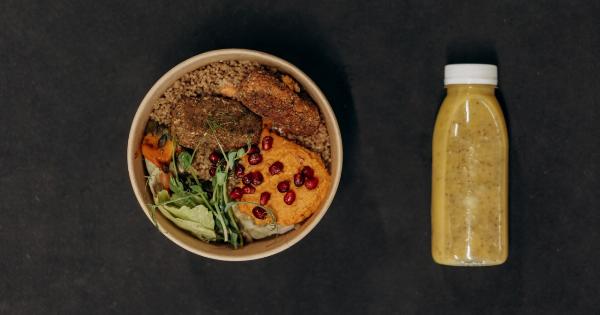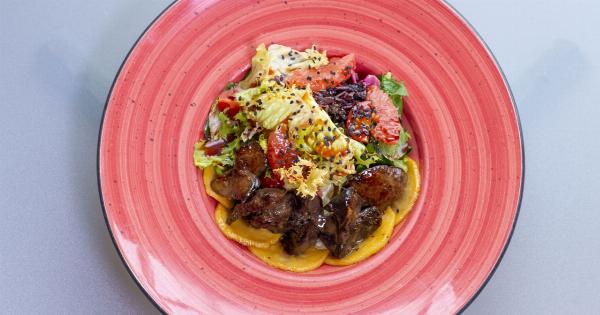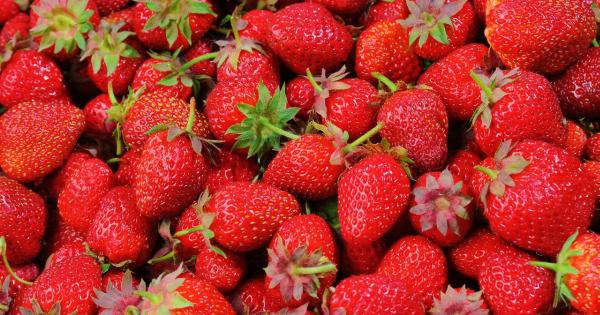As parents, we all want to ensure that our children are getting the right nutrients they need to grow and develop. One important nutrient that we often hear about is protein. And when it comes to protein, meat is one of the most commonly consumed sources.
But how much meat is actually recommended for kids? Let’s take a closer look.
How much meat should kids eat?
According to the American Academy of Pediatrics (AAP), babies and young children need about 1 gram of protein per kilogram of body weight per day. For older children and teenagers, the amount varies depending on their age, weight, and activity level.
When it comes to meat specifically, the AAP recommends that children between the ages of 2 and 6 consume about 2-3 ounces of meat per day. For children 7 and older, the recommended amount jumps to 5-6 ounces per day.
It is important to note that these amounts are just recommendations and should be adjusted according to your child’s individual needs and health goals.
For example, if your child is very active or going through a growth spurt, they may need more protein and therefore more meat than what is recommended.
What types of meat are best for kids?
While meat can be a great source of protein, it is also important to consider the quality of the meat being consumed. Here are some tips for choosing the best types of meat for your child:.
Lean cuts of meat
Choosing leaner cuts of meat can help reduce the amount of saturated fat and cholesterol your child is consuming. Look for cuts that say “loin,” “round,” or “flank.”.
Unprocessed meats
Processed meats like hot dogs, bacon, and deli meats can be high in sodium and saturated fat. Instead, choose unprocessed meats like grilled chicken, turkey, and fish.
Organic and grass-fed meats
If possible, choose meats that are organic and grass-fed. These meats are generally higher in nutrients and lower in harmful additives and hormones.
What are some alternative sources of protein for kids?
If your child is not a big fan of meat or you prefer that they get their protein from other sources, here are some alternative options:.
Dairy products
Milk, cheese, and Greek yogurt are all great sources of protein. Greek yogurt in particular can have upwards of 15 grams of protein per serving, making it a great snack option for kids.
Beans and legumes
Chickpeas, lentils, and black beans are all great sources of protein and can be easily added to salads, soups, and other meals.
Nuts and seeds
Almonds, cashews, and sunflower seeds are all packed with protein and make for great snacks or toppings for salads and yogurt bowls.
The Bottom Line
Meat can be a great source of protein for kids, but it’s important to ensure that they are getting the right amount and quality.
By following the recommendations set by the AAP and choosing lean cuts of meat, unprocessed meats, and organic and grass-fed meats when possible, you can ensure that your child is getting the nutrients they need to grow and develop.





























